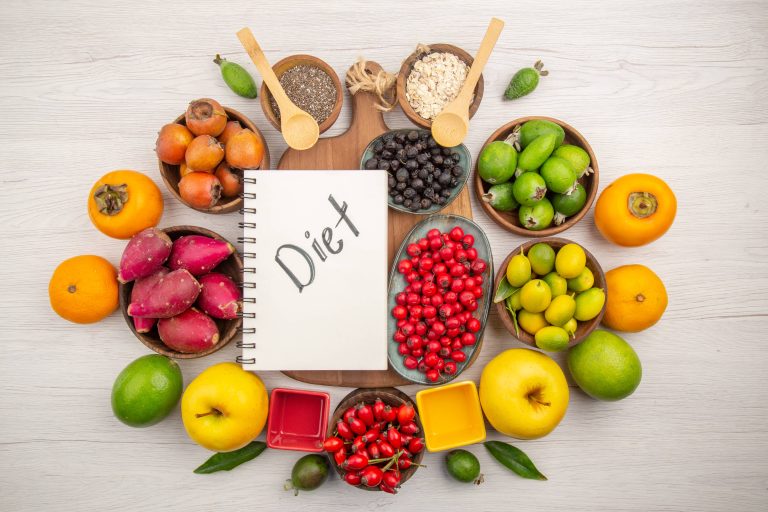
As someone dedicated to promoting healthy cooking and meal prep, one of the most frequent questions I get is, “How can I incorporate more vegetables into my meals without compromising on taste?” With the rise of plant-based diets and the ever-increasing awareness about the health benefits of vegetables, it’s crucial to find ways to enjoy these nutrient-packed foods regularly. Vegetables are versatile, colorful, and brimming with vitamins, minerals, and antioxidants. Whether you’re a seasoned veggie lover or just starting to explore the plant-based aisle, here are some delicious and creative ways to add more vegetables into your meals.
1. Start at Breakfast
Who says vegetables are only for lunch and dinner? Starting your day with veggies can boost your energy and keep you full for longer. Consider adding spinach, tomatoes, or mushrooms to your scrambled eggs or omelets. These add both volume and nutrients to your breakfast without extra calories. For a grab-and-go option, blend kale or spinach into your morning smoothie. Pair with fruits like bananas or berries for sweetness, and a spoonful of almond butter for added flavor and texture.
2. Incorporate Vegetables into Your Snacks
Vegetables make for fantastic, low-calorie snacks that are loaded with fiber and nutrients. Carrot sticks, cucumber slices, or bell pepper strips with hummus or guacamole can be a game changer for those afternoon hunger pangs. Roasted chickpeas or kale chips are also excellent options, providing the perfect crunchy texture to satisfy your snack cravings.
3. Experiment with Meatless Meals
Experimenting with plant-based meals, even if it’s just once a week, can significantly increase your vegetable intake. Think beyond salad and try a hearty vegetable stir-fry, rich with broccoli, bell peppers, and snap peas. Tofu or tempeh can provide protein and make your meal more satisfying. Dishes like vegetable curries, chili, and soups are fantastic options that can easily be packed with an assortment of tasty vegetables.
4. Spiralize Your Vegetables
Spiralizing is a fun and creative way to substitute vegetables for pasta. Zucchini noodles, or “zoodles,” have become popular for their ease of preparation and their ability to mimic traditional spaghetti. Other vegetables such as carrots, sweet potatoes, and butternut squash can also be spiralized. Top with your favorite sauces and proteins for a filling meal. Not only will you reduce your calorie intake, but you will also be increasing your fiber and nutrient consumption.
5. Blend Vegetables into Sauces and Soups
Vegetables can be seamlessly incorporated into sauces, soups, and stews. Pureeing vegetables into homemade pasta sauces is a clever trick to sneak in extra nutrients. Roasted red peppers, carrots, or spinach, when blended, can add depth and richness to tomato sauces. Similarly, classic soups like tomato or butternut squash can be fortified with additional vegetables, hidden within the creamy texture of the soup.
6. Enhance Casseroles and Bakes
Casseroles and bakes are excellent for adding vegetables in subtle ways. Whether it’s a lasagna layered with zucchini and spinach, or a quinoa bake with hidden pockets of kale and mushrooms, these dishes are comforting and easy to prepare in bulk. Grated vegetables such as zucchini or carrots can also be added to meatloaf or burgers, providing moisture, flavor, and nutrition without being immediately noticeable.
7. Use Vegetables as a Base
Consider using vegetables as a base for your dishes. Cauliflower rice and broccoli rice are popular alternatives to regular rice that can significantly lower calories and carbohydrates in your meal. They’re easy to make too—simply pulse raw cauliflower or broccoli in a food processor until it resembles grains of rice and sauté lightly. This swap can be a game-changer for meals like stir-fries, burrito bowls, or curries.
8. Explore Global Cuisines
Different cultures have unique ways of preparing and enjoying vegetables. Exploring global cuisines can open up possibilities for incorporating vegetables into your diet. Thai, Indian, and Mediterranean cuisines, in particular, celebrate vegetables and often place them at the center of the plate. From Indian vegetable kormas to Mediterranean ratatouille, you’ll find countless recipes that transform simple vegetables into delectable delights.
9. Grow Your Own Veggies
Finally, if you have space, consider starting a small vegetable garden. Growing your own produce can provide you with fresh, organic vegetables, encouraging you to incorporate them more often in your cooking. It’s also a satisfying and educational process. As you watch your seeds grow into fruitful plants, you’ll likely feel more inclined to use them in creative, delicious ways in your meals.
Incorporating more vegetables into your diet doesn’t have to be challenging or boring. With a bit of creativity and experimentation, vegetables can become the stars of your meals, offering vibrant colors, diverse textures, and rich flavors. Not only will you be nourishing your body with essential nutrients, but you will also be exploring a world of culinary possibilities that can transform your daily eating habits. Give some of these tips a try, and enjoy the wholesome goodness that vegetables bring to your table. Happy cooking!










